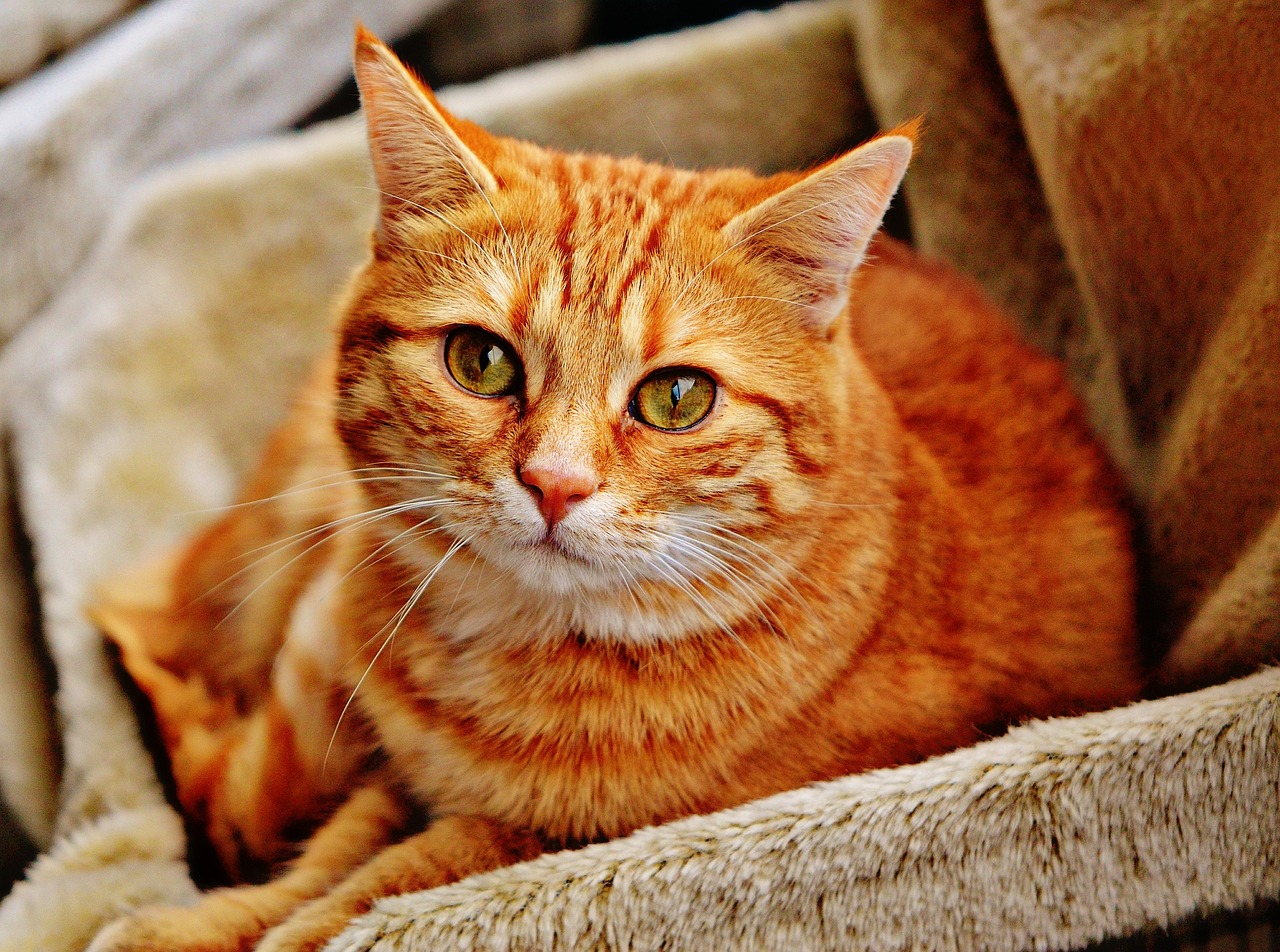
29 Jun Top 5 Signs That Your Pet Has Oral Pain That Needs Treatment Now!
Oral pain in pets can be a significant source of discomfort and can indicate underlying dental or oral health problems. Identifying signs of oral pain early is crucial for timely treatment and prevention of further complications. Here are the top five signs that may indicate that your pet has oral pain, along with references supporting these findings.
- Difficulty Eating or Loss of Appetite: One of the primary signs of oral pain in pets is a change in their eating habits. They may have difficulty chewing or swallowing, leading to a reluctance to eat or a noticeable decrease in appetite. This can be due to gum inflammation, tooth decay, broken teeth, or other oral problems. Dogs and cats with oral pain may show an avoidance of hard foods or exhibit behaviors like dropping food from the mouth or chewing on one side only.
- Pawing at the Mouth or Face: If a dog or cat frequently paws at their mouth or face, it can indicate oral pain. This behavior is often a response to discomfort or irritation in the oral cavity. Pets may also rub their face against objects or scratch at the mouth area, trying to alleviate the pain or itchiness. Pawing at the mouth can be a sign of dental diseases such as periodontal disease or the presence of foreign objects stuck between the teeth.
- Excessive Drooling: Excessive drooling, known as hypersalivation or ptyalism, is another sign of oral pain in dogs and cats. Pets may have a noticeable increase in saliva production due to discomfort or inflammation in the oral cavity . Conditions such as dental infections, gum disease, oral ulcers, or foreign bodies can trigger excessive drooling.
- Halitosis (Bad Breath): Persistent bad breath, commonly referred to as halitosis, can indicate oral pain and underlying dental problems. While some pets may have occasional temporary bad breath, persistent foul odor often suggests the presence of dental diseases such as periodontal disease or tooth decay. The bad breath is caused by the buildup of bacteria in the mouth and the release of volatile sulfur compounds.
- Behavioral Changes: Oral pain can also lead to changes in behavior in dogs and cats. They may become more irritable, aggressive, or exhibit signs of depression or anxiety. Pets may withdraw from social interactions, avoid being touched around the mouth, or become reluctant to play with chew toys or groom themselves. These behavioral changes are often a result of the discomfort and pain associated with oral health issues.
Plus one: If It Looks Like It’s Not Normal, It’s Most Likely Not. Oral tumors can affect the gums, teeth, and bones. If something doesn’t look right, then it may be something sinister.
Watch your pet closely and look for these hallmark signs! If you see signs that your pet has oral pain, then seek a professional opinion from your doctor or veterinary dental specialist, like Dr. Greenfield and Dr. Briggs.
Barden Greenfield, DVM, DAVDC Your Pet Dentist of Nashville
Photo by Alexas_Fotos from Unsplash


